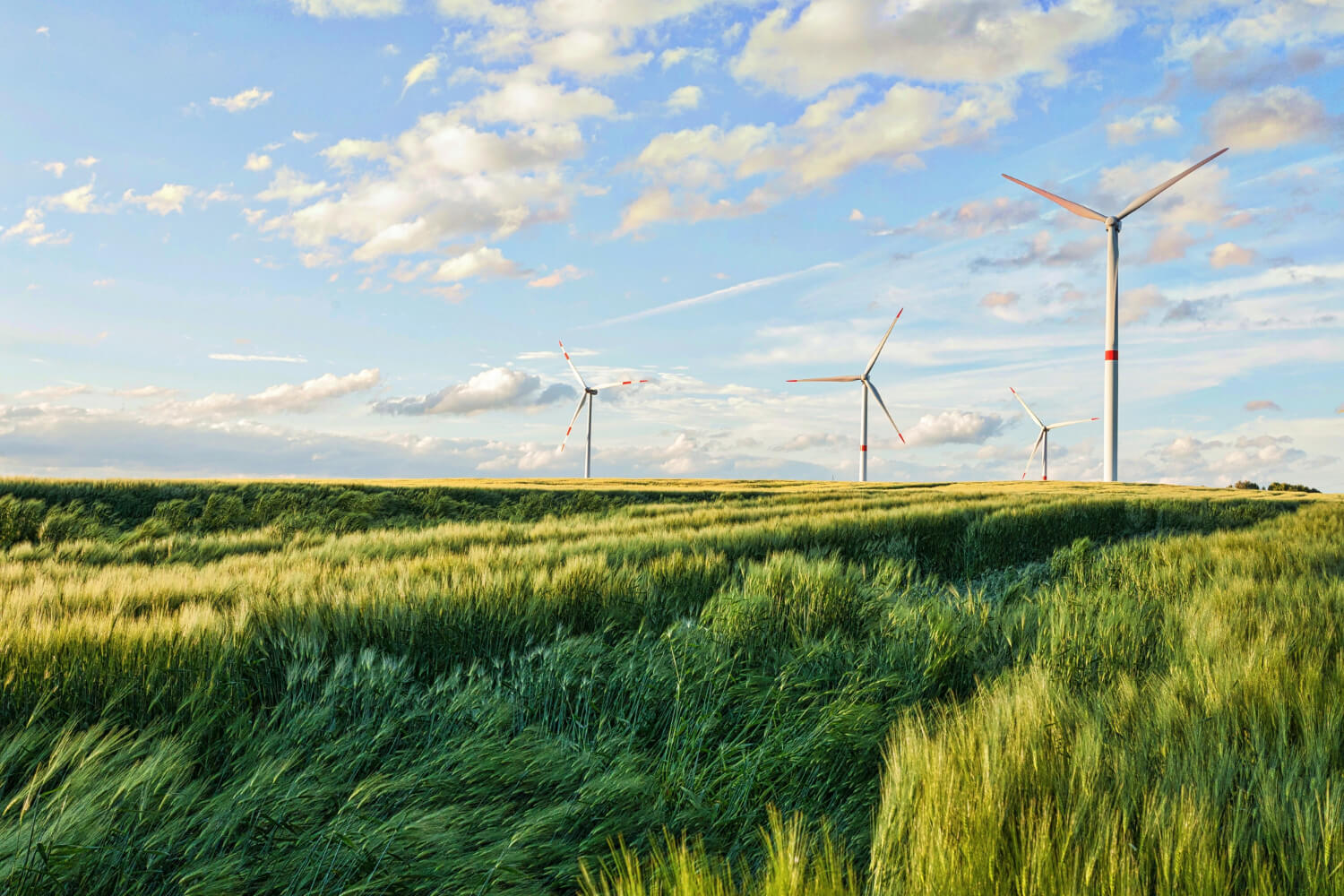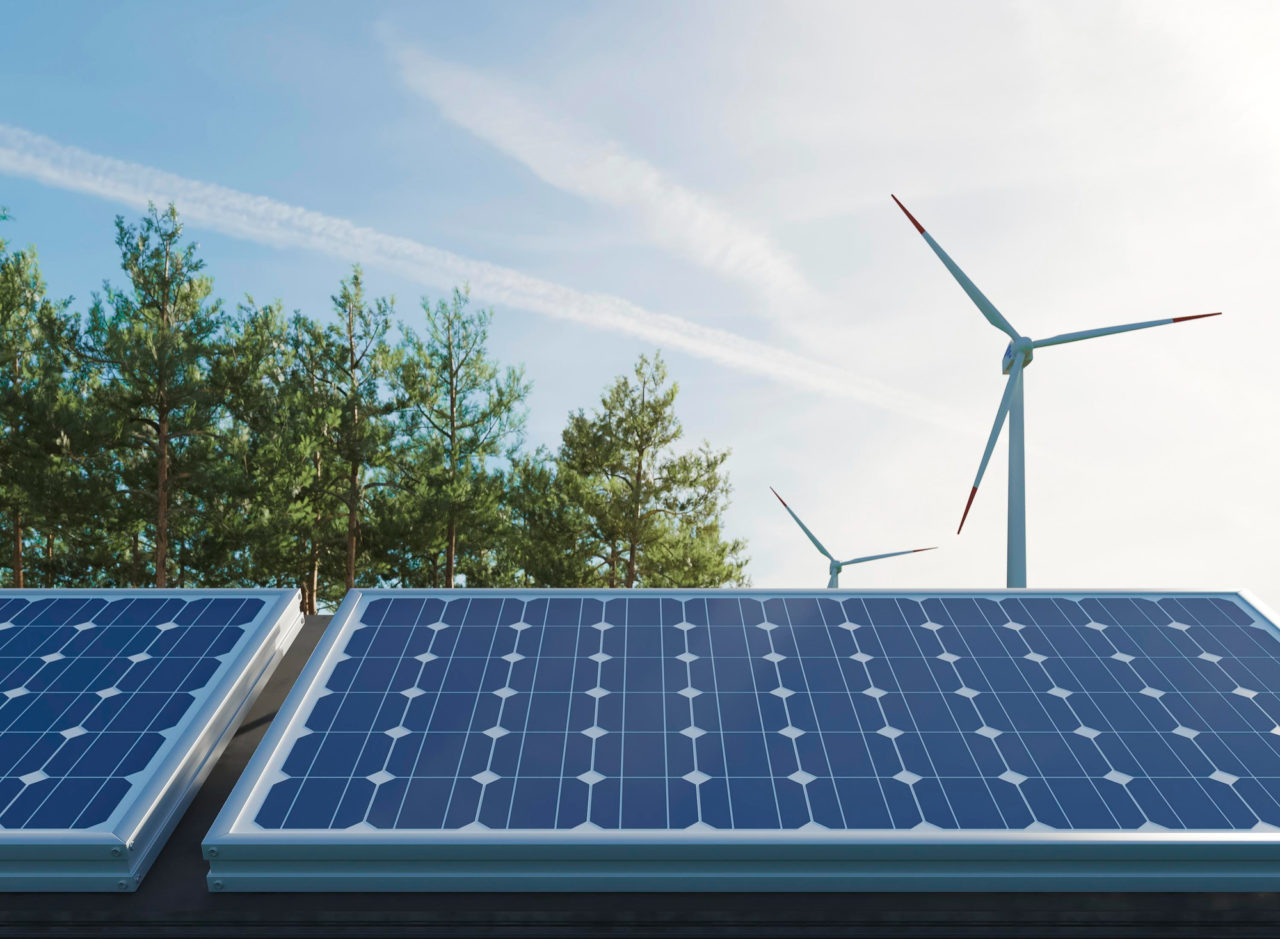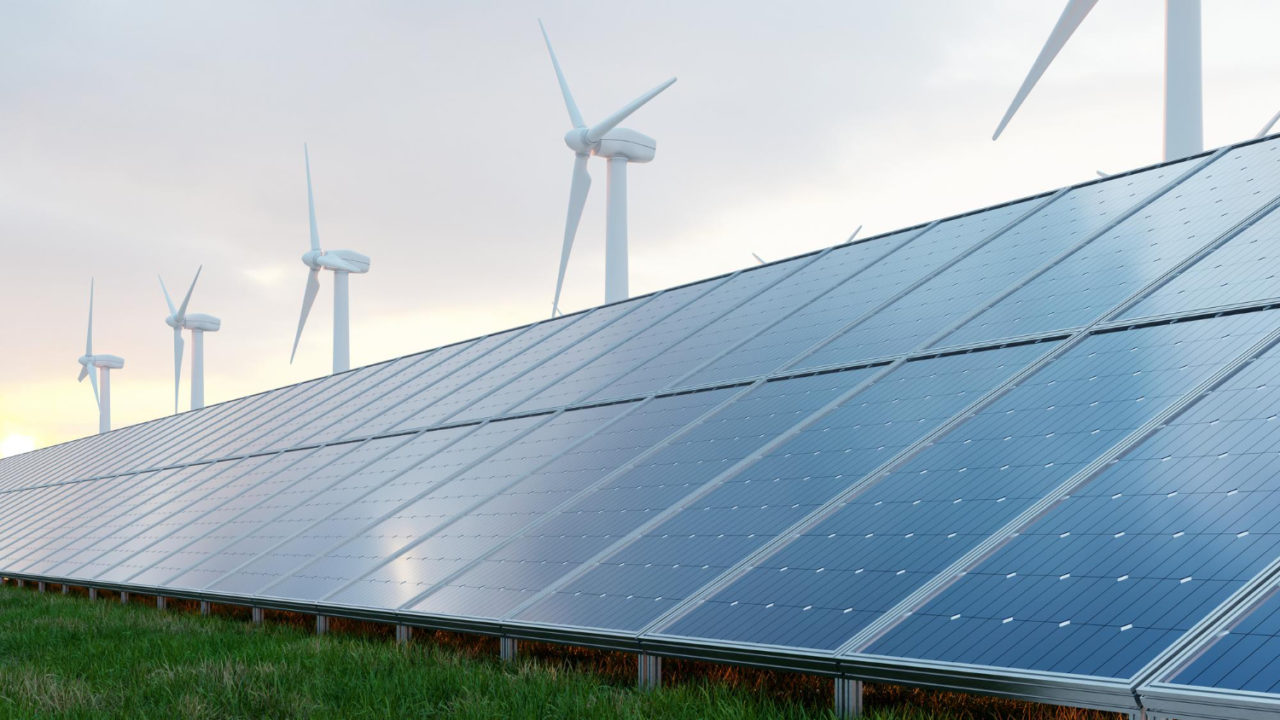
New research from Stanford University outlines how 145 countries could meet 100% of their business-as-usual energy needs with renewable energy like wind, water, solar and energy storage.
The study lead by Mark Jacobson finds that in all the countries considered, lower-cost energy and other benefits mean the required investment for transition is paid off within six years. It also projects that, globally, such a shift would result in the creation of 28 million more employment than it would destroy. The researchers recommend the world make the switchover by 2035, but in no event later than 2050. Their goal is to have 80% operating on renewable energy by 2030.

Stanford University researchers examined geothermal electricity and heat, hydroelectricity, modest amounts of tidal and wave electricity, solar power, solar heat, and onshore and offshore wind energy. The most popular method of storing electricity was through batteries, and the researchers discovered that no battery could store energy for longer than four hours.
“We do not need miracle technologies to solve these problems. By electrifying all energy sectors; producing electricity from clean, renewable sources; creating heat, cold, and hydrogen from such electricity; storing electricity, heat, cold and the hydrogen; expanding transmission; and shifting the time of some electricity use, we can create safe, cheap, and reliable energy everywhere,” says Jacobson. He firmly believes in the Green New Deal.
Switching to 100% renewable energy would come at an astonishing cost of $62 trillion. Although that might seem like a lot, Jacobson and his colleagues estimate that if everyone switched to 100% renewable energy, the world would save $11 trillion annually. In other words, the initial investment would be paid back in just 6 years! It might be difficult for many people to tell the difference between an expense and an investment. They frequently overlook the benefits and view the $62 trillion as an expense.

In the conclusion to their study, Jacobson and his research colleagues say, “Transitioning to 100% [renewable energy] in 145 countries decreases energy requirements and annual private and social costs while creating about 28.4 million more long term, full time jobs than lost. A 100% renewable energy economy uses only about 0.53% of the 145 country land area, with 0.17% for footprint and 0.36% for spacing.”
MOREOVER READ WHAT ARE THE TOP ENVIRONMENTAL ISSUES WE ARE FACING TODAY
Our goal at Universal Kraft is to provide renewable energy solutions that could help civilization become less carbon-dependent. We provide a range of options for energy storage, wind, solar, green hydrogen, and waste-to-energy technologies. Discover our full offer here.




